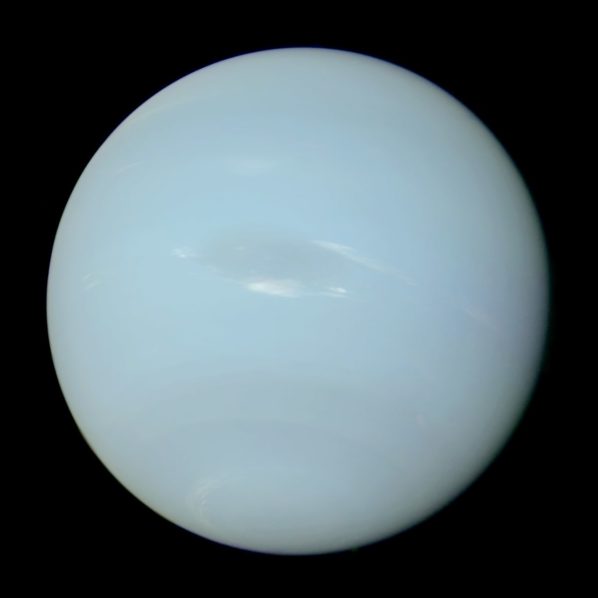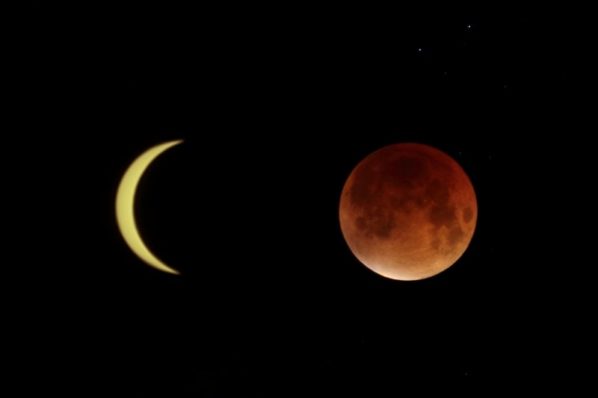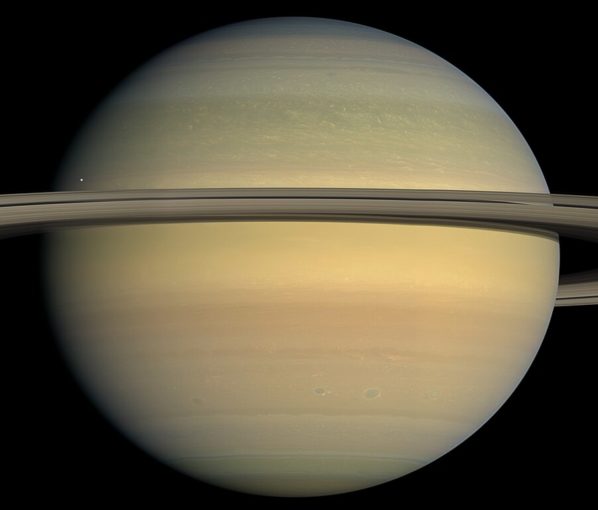Space
Embark on an astronomical journey. Explore the cosmos, study celestial objects, and unravel the mysteries of the universe through astronomy's fascinating realm.
Stargazing Calendar for June 2025
Discover the best stargazing June 2025 events, from planetary conjunctions to meteor showers, in this astronomy guide for night sky enthusiasts.
How Does Space Fever Affect an Astronaut’s Health?
Astronauts face a surprising risk: space fever. Learn how elevated body temperatures in microgravity may affect long-term space travel health.
Does Space Tourism Have Health Risks?
Space tourism poses health risks, but short trips are manageable for people in average health. Psychological impacts, like space anxiety, are crucial.
Daytime Arietid Meteor Shower: Observation Tips
Catch the Daytime Arietid meteor shower peaking June 7! Learn how to safely view and detect these early morning meteors despite daylight challenges.
Tau Herculid Meteor Shower: What to Expect and How to Watch
Discover the Tau Herculid meteor shower on May 31! Learn viewing tips, best locations, and what makes this rare celestial show truly unforgettable.
Eta Lyrid Meteor Shower 2025
Catch the Eta Lyrid meteor shower peaking May 8. Look toward Lyra before dawn for up to 3 meteors per hour from Comet C/1983 H1 debris.
Eta Aquariid Meteor Shower 2025: Viewing Guide and Tips
Discover how to watch the Eta Aquariid meteor shower, linked to Halley’s Comet. Get tips on timing, location, and capturing this dazzling sky event.
Stargazing Calendar for May 2025
Stargazing highlights this May 2025 include planetary alignments, meteor showers and more. A must-read for astronomy fans planning skywatching.
Pi Puppid Meteor Shower 2025
Discover the Pi Puppids meteor shower in April! Learn when, where, and how to view this stunning event, especially from the Southern Hemisphere.
Space-Supported Agriculture: How Space and Agriculture Are Linked
Learn how space-supported agriculture is revolutionizing farming with satellites, early detection, and sustainable solutions for food security.
Lyrid Meteor Shower 2025: When, Where & How to See It
Catch the Lyrid meteor shower this April with up to 18 meteors per hour. Discover the best times, spots, and tips for viewing this sky show.
Stargazing Calendar for April 2025
Discover the best celestial events for stargazing in April 2025, including planetary conjunctions, meteor showers, and deep-sky objects. Don't miss these cosmic sights!
How Did Neptune Get Its Name?
Wondering how Neptune got its name? The first planet discovered through mathematical prediction was named after the Roman god of the sea.
Stargazing Calendar for March 2025
Discover the best astronomy events for stargazing in March 2025, including a total lunar eclipse, a partial solar eclipse, and planetary alignments.
How Did Uranus Get Its Name?
Uranus, discovered in 1781, got its name after the Greek sky god, following the tradition of mythological naming for planets in our solar system.
How Did Mercury Get Its Name?
Mercury, named after the Roman messenger god, reflects speed in myth and science. Explore its mythology, history, and scientific significance.
Stargazing Calendar for February 2025
Discover the top stargazing and astronomy events in February 2025, featuring planetary conjunctions, meteor showers, and more celestial wonders.
How Did Saturn Get Its Name? Exploring Mythology and History
Saturn got its name after the Roman god of agriculture and time. It reflects ancient mythology’s influence on astronomy and cultural history.
How Did Venus Get Its Name?
How did Venus get its name? Named after the Roman goddess of love and beauty, Venus's brilliance has inspired myths, art, and culture for thousands of years.
Meteor Showers in 2025
Don't miss the celestial show of meteor showers in 2025! Witness the night sky come alive with shooting stars in this breathtaking cosmic display.



















